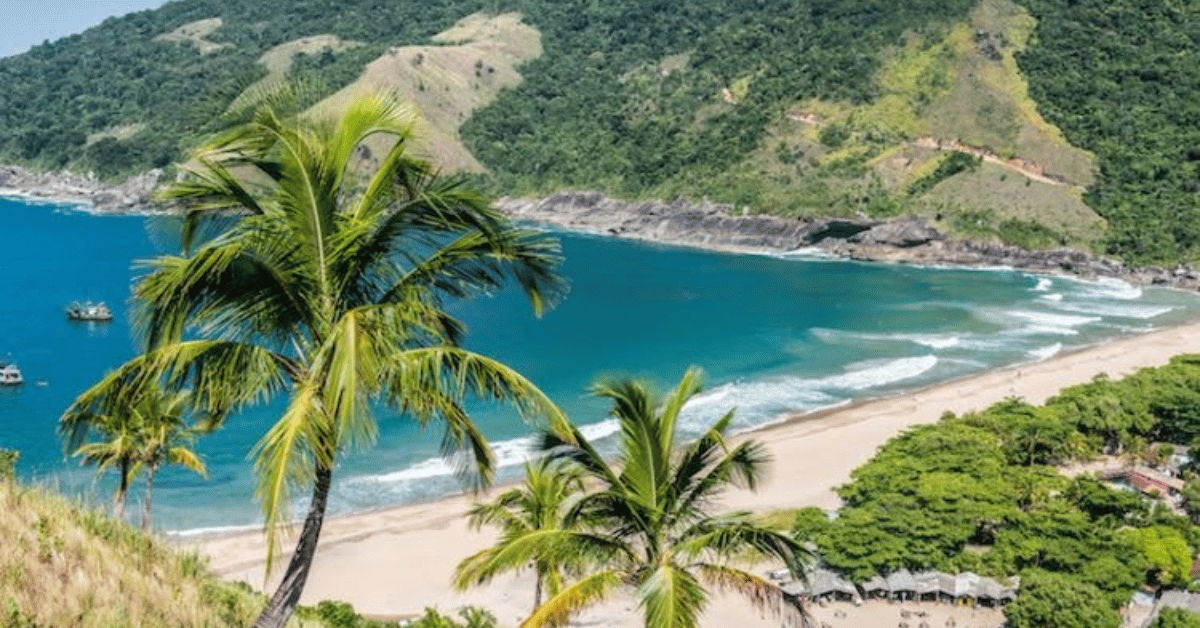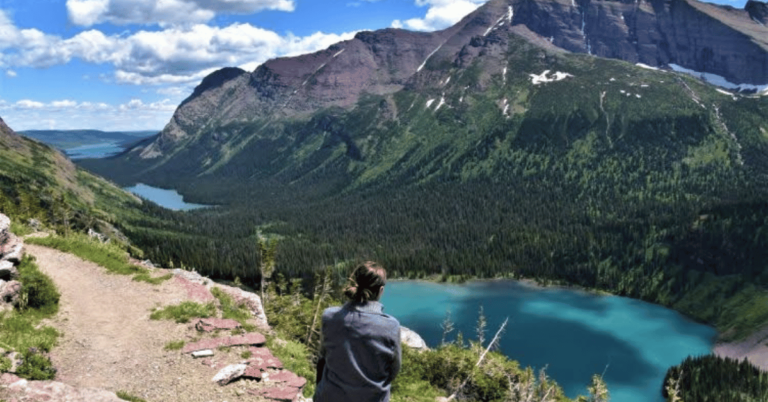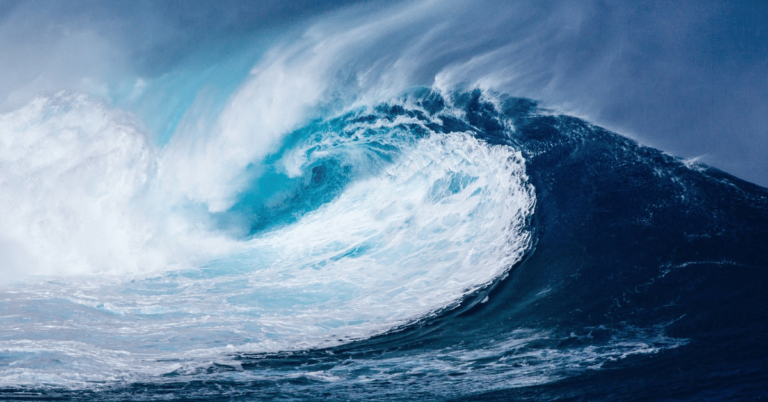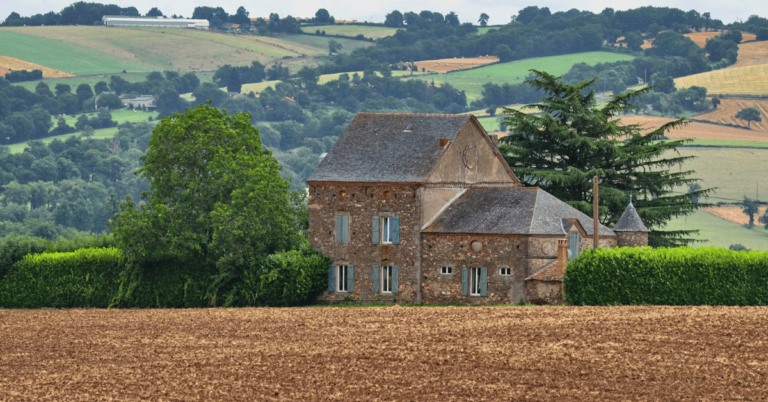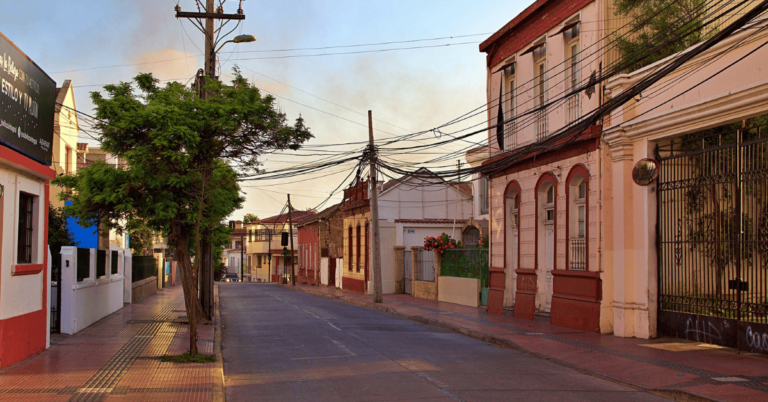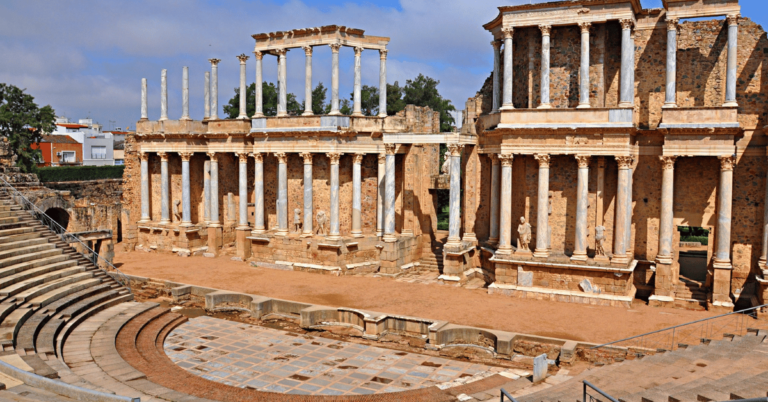Discover the Best Islands near Brazil | Top Picks
If you’re looking for a tropical getaway off the beaten path, look no further than the islands near Brazil. From the crystal-clear waters of Fernando de Noronha to the lush rainforests of Ilha Grande, these islands offer a perfect mix of adventure, relaxation, and natural beauty.
Getting to the Islands
Getting to the islands near Brazil is easier. Most major airlines offer flights to Brazil’s major cities, like Rio de Janeiro and Sao Paulo. From that point, you can take a domestic flight or a ferry to your island of choice. Remember that some remote islands may require extra planning, but the effort is well worth it.
The Best Time to Visit the Islands
The Islands near Brazil visit are a year-round destination; the best time to visit depends on your priorities. If you’re looking for warm weather and plenty of sunshine, the summer months (December to March) are your best bet. However, this is also peak tourist season, so be prepared for crowds and higher prices. If you’re looking for a quieter experience, consider visiting during the shoulder seasons (starting from April to June and September to November). You’ll still get plenty of sunshine with fewer crowds and lower prices.
Top Islands Near Brazil to Visit
There are dozens of the Best islands near Brazil, each with unique flavors and attractions. Here are a few of our favorites:
Fernando de Noronha
Fernando de Noronha is the most famous of Brazil’s islands, and for a good reason. With its stunning beaches, clear waters, and abundant marine life, this island is a must-visit for any nature lover. Activities include snorkeling, diving, and hiking.
Ilha Grande
Ilha Grande is a paradise for eco-tourists. With its lush rainforests, waterfalls, and secluded beaches, it’s the perfect place to escape the city life’s hustle and bustle. Activities include hiking, kayaking, and beachcombing.
Florianopolis
If you’re looking for a mix of natural beauty and modern amenities, Florianopolis is the place to be. This island boasts Brazil’s best surfing beaches and a vibrant nightlife and culinary scene.
Accommodation on the Islands Near Brazil
Accommodation options on the islands there range from rustic campsites to luxury resorts. If you’re looking for a budget-friendly option, consider camping or staying in a hostel. Plenty of high-end resorts and villas exist if you’re looking for a bit of luxury. Remember that prices vary widely depending on the time of year and the island you visit.
Food and Drink on the Islands
Brazilian cuisine is a fusion of African, European, and Indigenous influences, and the Brazilian Islands are no exception. Seafood is a local diet here, and you’ll find plenty of fresh fish, shrimp, and lobster on the menu. Other popular dishes include feijoada (a stew made with black beans and meat) and pão de queijo (cheese bread). Don’t forget to wash it all down with a caipirinha, Brazil’s national cocktail.
Activities and Attractions on the Islands
There are many things to do on the Islands near the Brazil map. Here are a few of our top picks:
Water Sports
The Brazilian Islands is a playground for water sports enthusiasts with crystal clear waters and abundant marine life. Popular activities include snorkeling, diving, surfing, and stand-up paddleboarding.
Beaches and Nature Reserves
The Brazilian Islands are home to some of the world’s most beautiful beaches and nature reserves. From the secluded coves of Ilha Grande to the iconic rock formations of Fernando de Noronha, there’s something for everyone. Take advantage of the opportunity to hike through the rainforests and spot wildlife such as monkeys, birds, and sea turtles.
Historical Landmarks and Cultural Sites
Brazil has a rich history and culture, and the Brazilian Islands are no exception. Explore the historical fortresses of Fernando de Noronha, or take a guided tour of the colonial-era churches and buildings on Ilha de Marajo. You can also familiarize yourself with local culture by attending a traditional dance performance or visiting a local artisan market.
Nightlife and Entertainment
After a day of adventure, keep calm and unwind with some of the island’s vibrant nightlife and entertainment options. Many options exist, from beachside bars to nightclubs and live music venues.
Culture and Customs on the Islands
Brazil is known for its warm and friendly culture; the Brazilian Islands are no exception. Portuguese is the official language, but English is widely spoken in tourist areas. The locals are generally welcoming and hospitable, and conversing with a stranger on the beach or in a cafe is not uncommon. That being said, respecting local customs and traditions and being mindful of environmental conservation efforts is essential.
Wildlife and Marine Life on the Islands
The Brazilian Islands are home to incredible wildlife and marine life. There’s no shortage of creatures to admire, from dolphins and sea turtles to exotic birds and monkeys. However, it’s important to respect these animals and their habitats. Avoid touching or feeding wildlife, and be mindful of conservation efforts such as beach cleanups and responsible tourism initiatives.
Safety and Security on the Islands
As with any travel destination, safety and security should be a top priority when visiting the Brazilian Islands. While most areas are safe for tourists, it’s important to be aware of your surroundings and to take common-sense precautions, such as avoiding isolated areas after dark and not carrying large amounts of cash. It’s also good to familiarize yourself with emergency contacts and services, including local hospitals and police.
Sustainable Tourism on the Islands
Sustainable tourism is becoming increasingly important on the Brazilian Islands as visitors flock to these natural wonders. It’s important to be mindful of your environmental impact and support local conservation and community-based tourism initiatives. This can include using eco-friendly products, reducing single-use plastics, and supporting local businesses and artisans.
Top 10 Tips for an Unforgettable Trip to the Islands Near Brazil
- Plan and book accommodations and activities in advance.
- Be prepared for weather changes and bring appropriate clothing and gear.
- Learn a few basic Portuguese phrases to help you communicate with locals.
- Be respectful of local customs and traditions.
- Protect yourself from the sun and bring plenty of sunscreens and a hat.
- Be mindful of your environmental impact and reduce your carbon footprint.
- Be open to trying new foods and experiencing local culture.
- Bring a reusable water bottle and avoid using single-use plastics.
- Take care of your health and get any necessary vaccinations or medications.
- Embrace the laid-back lifestyle and enjoy the slower pace of island life.
Conclusion
The islands near Brazil offer a unique and unforgettable travel experience. From the natural beauty and adventure of Fernando de Noronha to the laid-back lifestyle and eco-tourism of Ilha Grande, there’s something for every type of traveler. With some planning and preparation, you can explore these tropical gems and create memories that will last a lifetime.
FAQs
Are the islands near Brazil expensive to visit?
Prices can vary depending on the island and time of year, but the Brazilian Islands are relatively affordable compared to other tropical destinations.
Is it safe to travel to the islands near Brazil?
While most areas are safe for tourists, it’s always important to be aware of your surroundings and take common-sense safety precautions.
Do I need a visa to visit Brazil?
It depends on your nationality. Some visitors may require a visa, while others may be eligible for a visa waiver program. Check with your embassy or consulate for the latest visa requirements.
What’s the best option to get around the Brazilian Islands?
The best way to get around depends on the island you visit. Many islands have public transportation options, such as buses or taxis, while others may require renting a car or bike
What are some must-see attractions on the islands near Brazil?
Some must-see attractions include the beaches of Fernando de Noronha, Ilha Grande’s rainforest, and Ilha de Marajo’s historical landmarks.
